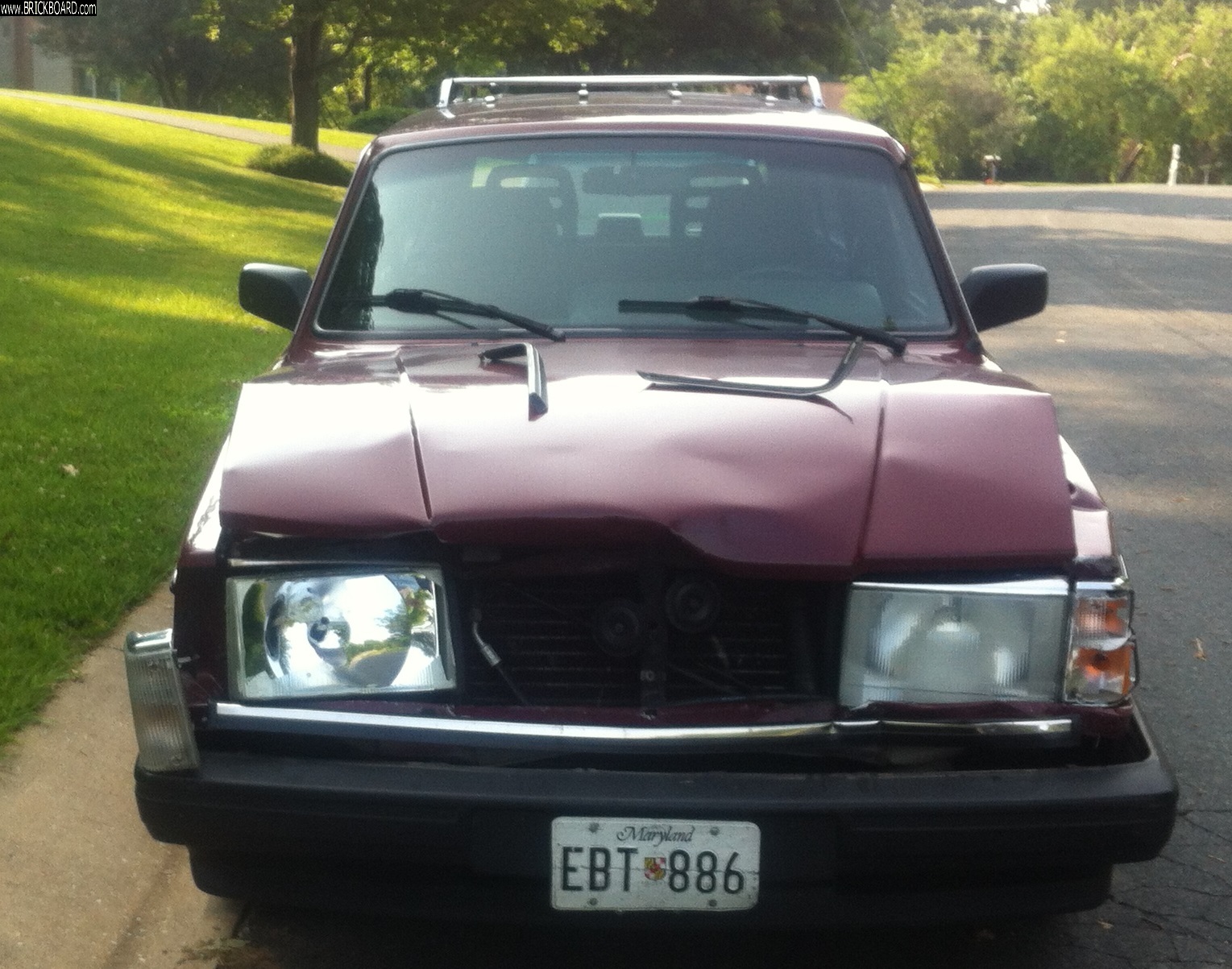|
Hi Rileyman,
Happy Friday eve.
Go Cubbies!
Like jwalker writes ....
With a 28 MM from stabilizer bar, I believe, yet am not sure, the various manufacturers of these larger than stock (even R-Sport - needs check the R-Sport catalogues, find versions in PDF around the i-net!), iPd is best known, provide the stabilizer bar mount steel hardware, that secures to the chassis tubes, and the bushings to accommodate the stabilizer bar diameter. Usually, these bushes are / were urethane, with silicon grease lube. The stabilizer bar end links may also be custom.
With normal ride height springs, a 25 mm front / 25 mm stabilizer bar set-up (setup, set up, set-up; we choose the noun form) may bring the steering balance to over-steer when pushed. With lower profile tires and a mild lowered suspension, it may bring it to neutral.
The stock stabilizer bar set-ups on 240 were at first a 19 mm front / 17 mm rear on all trim packages and then evolved to usually a 21 mm front and 19 mm rear bar with exceptions. The body roll on these tepid set-ups reminded the driver handling limitations while preserving some manner of steering balance without (much) over-steer. The GT, GLT, Turbo, and some GL versions may have heavier bars and possibly springs. Springs rate (wire coil diameter) varies between coupe, sedan, and wagon.
To the essentials, we would ask what is the condition of your suspension? We'd begin with the suspension bushings. To speak in analogy, we can call these bushings the tendon and cartilage of the suspension. Do you know? Before any suspension mod, inspect and replace the defective bushings.
Bushings include strut mounts at the top of the strut assembly. Domed? Cracks in the bushing material? Play or failure of the center bearing assembly, to which the strut cartridge piston rod secures, warrants replacement. Though Volvo OEM strut mounts PN 1272455 are utter shit. See here at this turbobricks thread:
http://www.turbobricks.com/forums/showthread.php?t=315522
The Kaplhenke 240 Offset Spherical Strut Mounts seem the only durable solution anymore. Maybe aftermarket rubber strut mounts are better, now? Replace the Meyle strut mounts ever few years?
We have ball joints at the bottom of the strut assembly? Have you checked these? How are them inner and outer steering rack tie rods?
A rear sagging suspension may suggest failed rear dampers (shocks, not dampeners!) or failing trailing arm bushings, or fatigued rear springs. Though the rear suspension bushing failure begins at the torque rod bushings (both ends) and that failure hasten trailing arm bushing failure. A great application for urethane bushings. Catch failing torque rod bushings!
How are the front struts and rear shocks? Failed and bouncy bouncy or some what recent?
If you want stiffer, the Bilstein Touring set for 240 is perhaps the greatest of values. I have these on my 1992 240 GL; the basket case that it is. Bilstein HD (heavy duty) strut cartridges won't fit in the front strut tubes of your 1992 240. Unless Bilstein sells an HD that does.
Also, on my 1992 240 GL, I have rear 1992 Volvo 240 wagon springs. Helps with the body roll a bit yet makes for a beefier feel. Also, on that 240 GL, I have a front 23 mm stabilizer bar from a Turbo 240 (I have several more) and a rear 19 mm bar that came with the 1992 240 GL. The steering is quit neutral, though, if pushed, on slimy wet asphalt pavement that pervades the slimy hell hole that is St. Louis, Misery, well, you'll slide, if your tires stick well. Body roll is minimal, yet I don't drive it like I did another 240 I had in 1988 on the Marin County Racing School race track. I dote along like a little old man when tooling the roadways.
Wheel size and width, rather limited on 240, and tire make and type, and condition, also help.
Though I did race a little bit in a few Volvo 142s with big-carbed and hot-cammed B20s and low final drive ratio out west in the last millennia. I'll remain an amateur.
A long time ago in a San Francisco Bay Area far away.
So, consider the basics. Bushes, ball joints, and tie rods. If your front and rear dampers (dampeners!) do not dampen, using a heavier stabilizer bar does not act to dampen spring compression and rebound. Dampers work well to reduce body roll. If afterward, you want to further limit suspension compliance and reduce body roll, use a heavier stabilizer bar. A heavier spring (wire diameter) like those from the rear of a 240 wagon do act like a somewhat slightly heavier stabilizer bar, yet spring travel compliance, and axle movement, are not so restricted, so you may not get wheel hop or break traction as much versus using a heavier stabilizer bar.
There may exist resources describing spring rates versus stabilizer bar set-up on factory stock and factory performance suspensions.
Questions?
Those folks that builder racer 240s may offer guidance for you.
Hope that helps.
Friday Eve MacDuff. Hanging Out Down by the Brickboard.com.
--
Give your brickboard.com a big thumbs up! Way up! - Roger Ebert.   
|



